Decode the super exclusive cooling fan design from the world famous graphics card brands
Each hardware vendor has its own proprietary cooling fan design. This is not only to make a difference, but also the dedication of hardware development engineers to bring the highest efficiency. Here is the information about proprietary propeller technology of major hardware companies Asus, MSI and Gigabyte, inviting you to explore.
Gigabyte WINDFORCE - Propeller rotated in the opposite direction

Fans on Gigabyte's new card models placed side by side always rotate in opposite directions. The purpose of this design is to take advantage of the airflow at this undesirable propeller edge to expel hot air away from the heatsink area.

As the blades rotate, the direction of rotation of the blades will draw the air to follow and at the edge of the blades reach the fastest rotation speed. By placing the blades in the opposite direction, the airflow at the center of the two blades will merge into one and be pushed away from the heatsink, if turned in the same direction this airflow will be 'torn off'. This keeps the air constantly refreshed, thereby increasing heat dissipation.
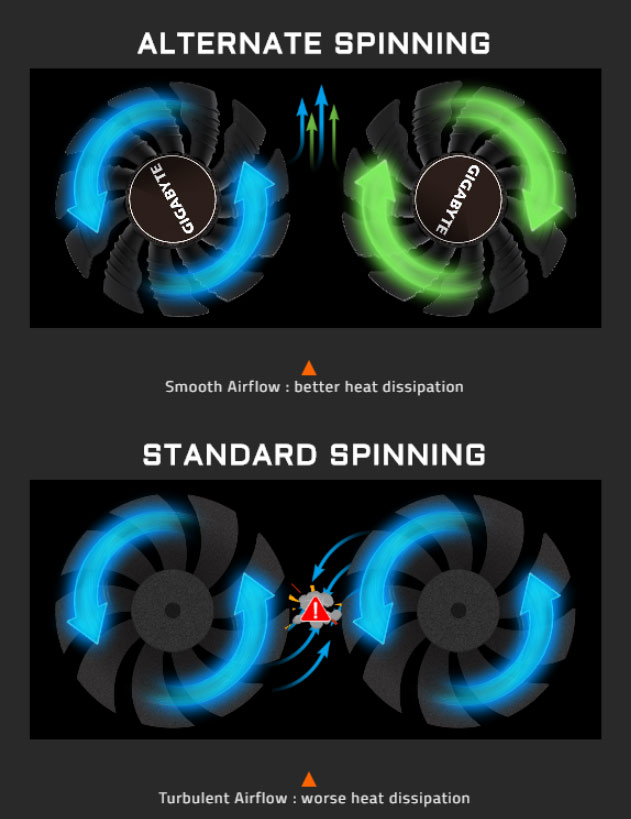
Axial-tech of Asus ROG - Impeller with bezel
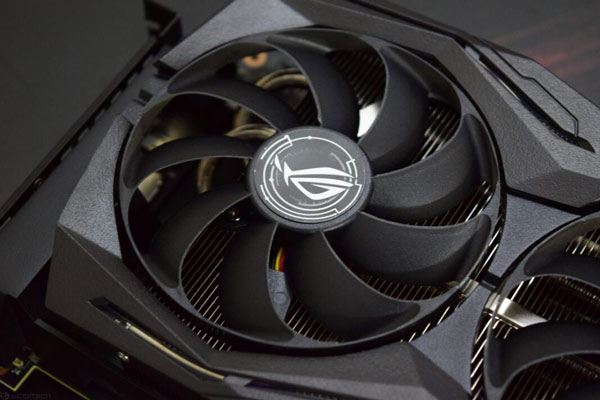
When the fan rotates, the airflow will have diffusion and turbulence, creating vortices due to the impact of the rotor itself. Air flow after passing through the propeller will always spread out around, causing loss of speed and pressure.
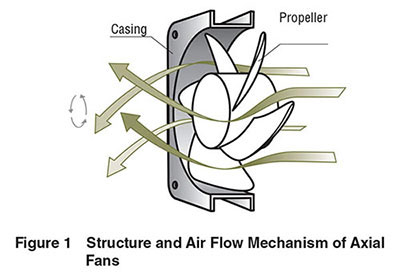
Asus calls the unique cooling fan design on the Turing series of cards as Axial-tech Fans. The fan blades are contoured, acting as an air duct that directs the air in the most straight line possible. The contour also prevents air loss, which helps reduce air noise at the fan blade.
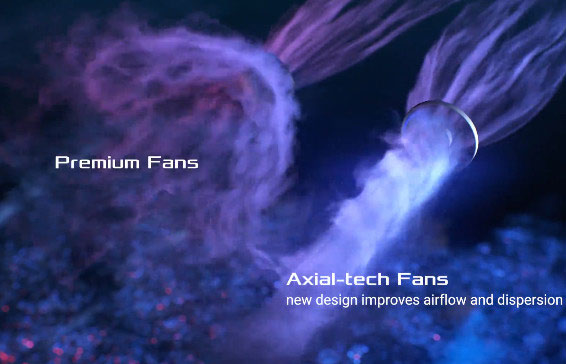
The shape of each fan also contributes significantly to 'gathering' air. As a result, after passing through the Axial-tech propeller, the air will move more straight, parallel to the propeller shaft, keeping better speed and giving better pressure.
MSI TORX - Dual Propellers
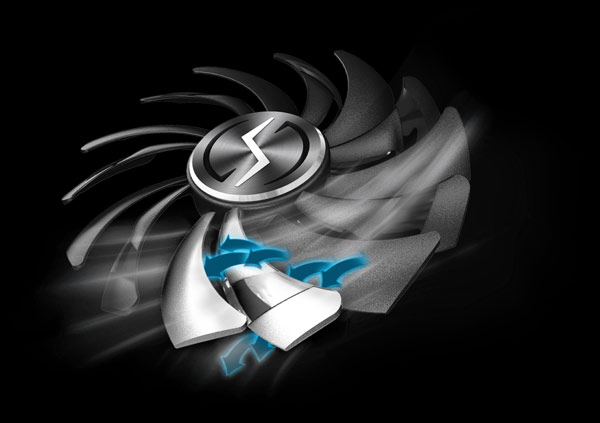
No matter how well designed, the blades leave some noise when passing through the air, causing noise and reducing the suction power of the blades.
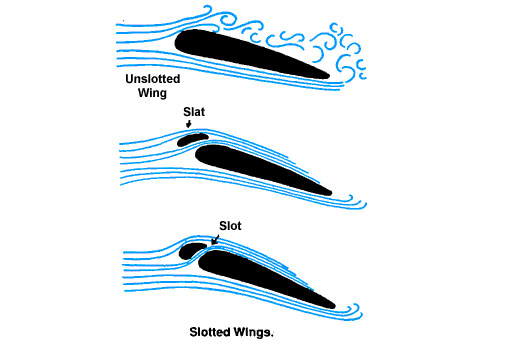
In order to reduce this noise to a minimum, MSI engineers designed the company's propellers based on the same principle as the way the aircraft's front flaps work.
The front wing of the aircraft is used to direct the air flow above the wing, effectively reducing noise extremely effectively, helping to stabilize and lift the wing.
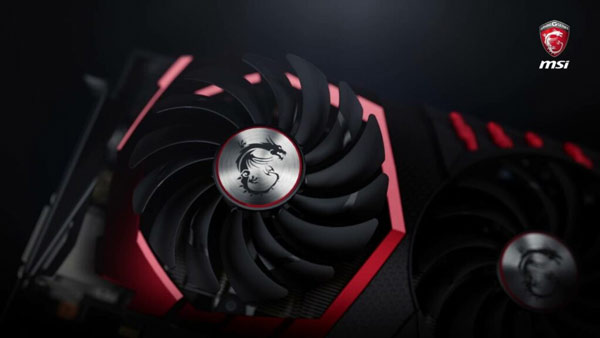
Similarly, MSI TORX blades are designed in pairs to help reduce air noise significantly. This design helps reduce noise and increase suction pressure for fan blades.
- Decode the 'leaf' icon that appears in the Windows 10 task manager
- Why does the phone battery drop faster every winter?
- 5 causes of fast laptop failure, users should know to avoid
You should read it
- What CPU coolers are there? Which type is best?
- How to fix the cooling fan phenomenon on the MacBook is loud
- How to use CPU heatsink
- Instructions on how to assemble a cooling fan for standard CPU LGA775
- Instructions on how to remove the cooling fan of the standard CPU LGA775
- You have to use thermal paste properly?
- Liquid heat sink
- Top 10 best phone cooling fan models of 2023
May be interested
- The company is behind the famous automobile brands
 which company belongs to the company? the pedigree list below will give you an overview of the automotive world.
which company belongs to the company? the pedigree list below will give you an overview of the automotive world. - NVIDIA introduces the GeForce GTX SUPER Series graphics card: The 'Hero' of every gamer
 nvidia has officially introduced a pair of geforce gtx 1660 super and geforce 1650 super graphics cards, powered by the turing architecture and shipped with super-fast gddr6 memory.
nvidia has officially introduced a pair of geforce gtx 1660 super and geforce 1650 super graphics cards, powered by the turing architecture and shipped with super-fast gddr6 memory. - How to Update Graphics Card
 this article shows you how to manually update the graphics card driver of your windows computer. although graphics card drivers are typically updated when a comprehensive update or patch is installed on the computer, some third-party graphics cards may not be supported. if the graphics card is damaged, you may need to install a new one to replace it. unfortunately for mac users, the only way to update the graphics card is to update the mac operating system.
this article shows you how to manually update the graphics card driver of your windows computer. although graphics card drivers are typically updated when a comprehensive update or patch is installed on the computer, some third-party graphics cards may not be supported. if the graphics card is damaged, you may need to install a new one to replace it. unfortunately for mac users, the only way to update the graphics card is to update the mac operating system. - How to Make an Exclusive Logo With Designevo
 to design an exclusive logo for individuals, companies, and brands seems to be getting easier. even if you don't have a budget for it, or you are not a professional designer, you can also use online free logo design tools like designevo to do that.
to design an exclusive logo for individuals, companies, and brands seems to be getting easier. even if you don't have a budget for it, or you are not a professional designer, you can also use online free logo design tools like designevo to do that. - 7 things you need to know about integrated and dedicated graphics cards
 dedicated graphics cards use their own hardware and are considered 'serious choices'. integrated graphics cards borrow resources from the rest of the pc and are considered 'compromise solutions'.
dedicated graphics cards use their own hardware and are considered 'serious choices'. integrated graphics cards borrow resources from the rest of the pc and are considered 'compromise solutions'. - Use GPU-Z to analyze graphics card parameters
 if you are a professional gamer or a 'electronic money digger', you will probably realize the importance of a powerful graphics card system.
if you are a professional gamer or a 'electronic money digger', you will probably realize the importance of a powerful graphics card system. - Computex 2018: Stunned with super unique computers with 1-0-2
 here are the unique computer sets of world-famous modders from 11 outstanding countries in design and mod case that are available at computex 2018.
here are the unique computer sets of world-famous modders from 11 outstanding countries in design and mod case that are available at computex 2018. - Score 50 logos of famous brands that day and now
 everything changes with time and businesses are no exception. please join us to see 50 logos of famous brands that day and now!
everything changes with time and businesses are no exception. please join us to see 50 logos of famous brands that day and now! - PC in 2008 and beyond
 super-fast processing chips, flexible screens, nano cooling systems ... unimaginable technologies a few years ago, are now ready to change the computing world and our daily lives.
super-fast processing chips, flexible screens, nano cooling systems ... unimaginable technologies a few years ago, are now ready to change the computing world and our daily lives. - How to fix the NVIDIA graphics card error is not displayed in Device Manager
 if you do not see the nvidia graphics card listed in device manager device manager, you can say that the graphics card was detected by windows incorrectly. the common error you encounter is that it is not possible to install drivers for nvidia graphics cards. this problem can be caused by many reasons. in this article, you will learn the best methods for troubleshooting. with the following instructions, your problem will be resolved immediately.
if you do not see the nvidia graphics card listed in device manager device manager, you can say that the graphics card was detected by windows incorrectly. the common error you encounter is that it is not possible to install drivers for nvidia graphics cards. this problem can be caused by many reasons. in this article, you will learn the best methods for troubleshooting. with the following instructions, your problem will be resolved immediately.










 Amazon, Apple, Google and ZigBee cooperate in the field of smart homes
Amazon, Apple, Google and ZigBee cooperate in the field of smart homes Vulnerability detection on TP-Link routers allows an attacker to log in without a password
Vulnerability detection on TP-Link routers allows an attacker to log in without a password Move the old 1700-ton church with a 256-wheeler truck 5km away
Move the old 1700-ton church with a 256-wheeler truck 5km away Google Search Android encounters strange errors, automatically escaping when users search for these keyword phrases
Google Search Android encounters strange errors, automatically escaping when users search for these keyword phrases Can the iPhone's Night Shift mode be damaging to user health?
Can the iPhone's Night Shift mode be damaging to user health? Facebook quietly developed its own operating system to abandon Android
Facebook quietly developed its own operating system to abandon Android